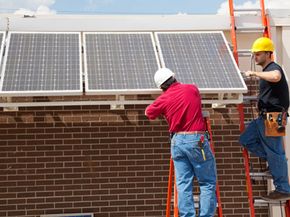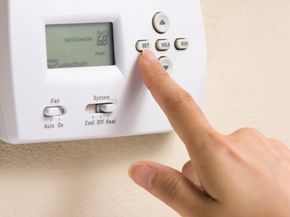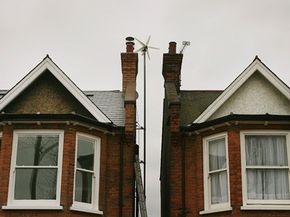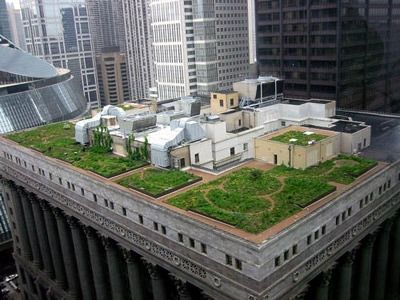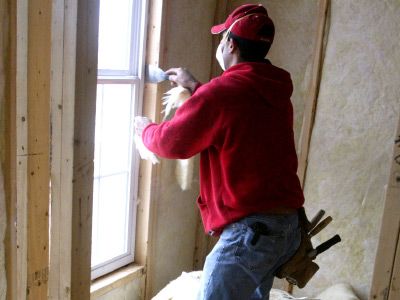The green movement has been gaining momentum for the past decade, and many believe it will continue to gain influence in how we live, travel and build our homes. While the term "green building" may bring to mind such extreme tactics as harnessing wind power or lining our roofs with solar panels, it's actually much simpler than that. It's essentially building with the future in mind. For the homeowner, this means keeping an eye toward future energy use, utility bills and the comfort and health of occupants. A natural consequence of these actions will be the creation of a home that also helps preserve the future of the environment, as improved energy use and healthier homes naturally help to conserve resources and lower greenhouse gas emissions.
There are three basic ways to make your home greener. The most common is to improve energy efficiency. This is done by tightening up the house so that valuable heated or cooled air isn't escaping unintentionally. It can also be accomplished through the use of more efficient lighting, updated appliances and simple changes to your heating and cooling systems.
Advertisement
The second most common way to green the home involves adding environmentally friendly features. This could include water-efficient fixtures, native landscaping and ecologically responsible materials that have minimal impact on the Earth.
Finally, you can make your home green by making it healthy. Healthy homes are those that contain fewer pollutants and cleaner air for occupants; they also release fewer chemicals to the outside in the form of off-gassing. You can create a healthy home by increasing ventilation and by paying attention to the materials that make up your furnishings, flooring and wall coverings.
While many people support the idea of a greener Earth and would like to incorporate some of the green techniques listed here, they worry about both the cost of implementing these methods and the effect they will have on the value of their homes.
You may be surprised to learn that greening the home can have a significant impact on your bottom line. Many green techniques have been proven to not only increase the sales price of the home, but also help act as a marketing tool to get your home noticed. Finally, homeowners can benefit from the many tax credits and incentives for going green.
Advertisement
